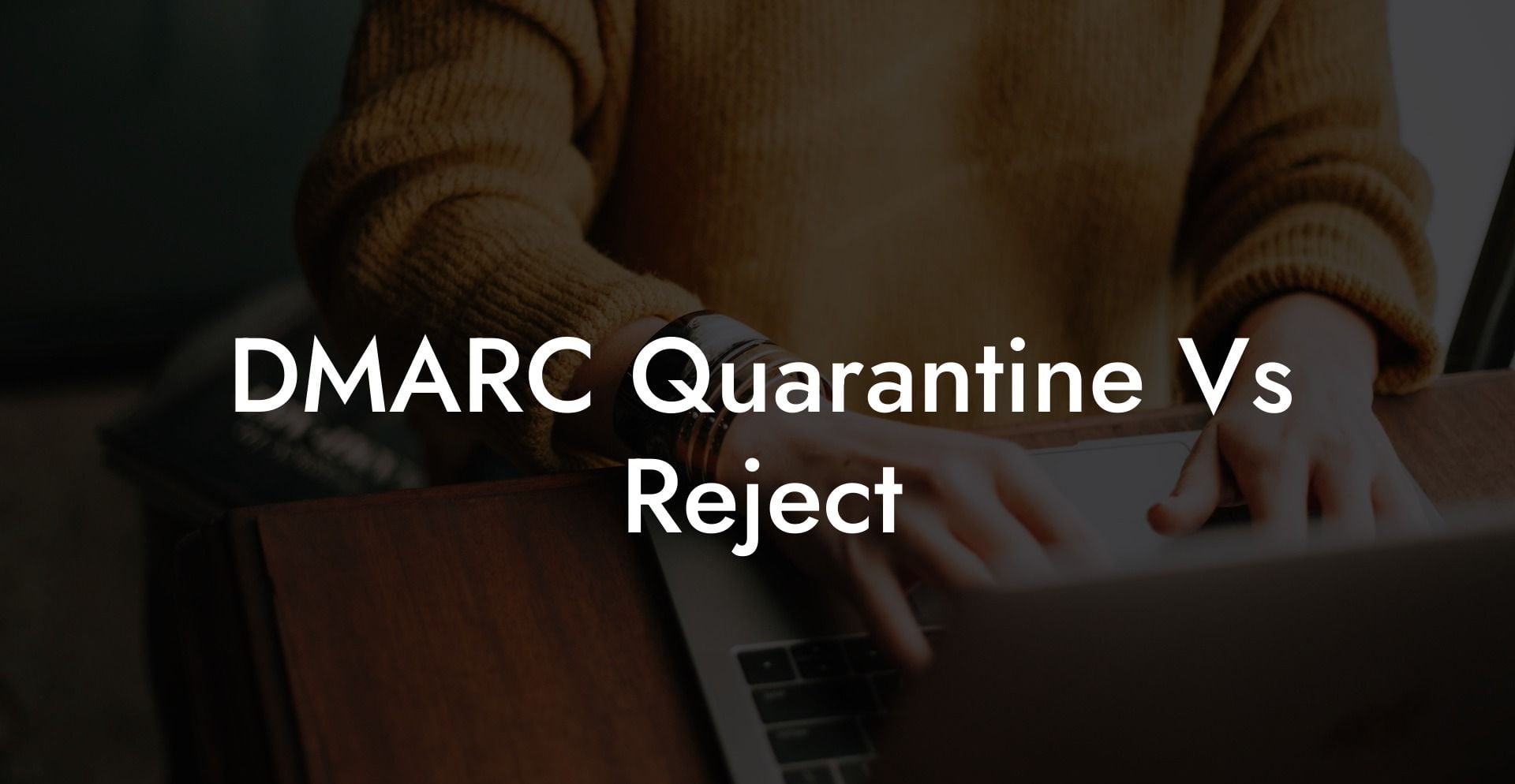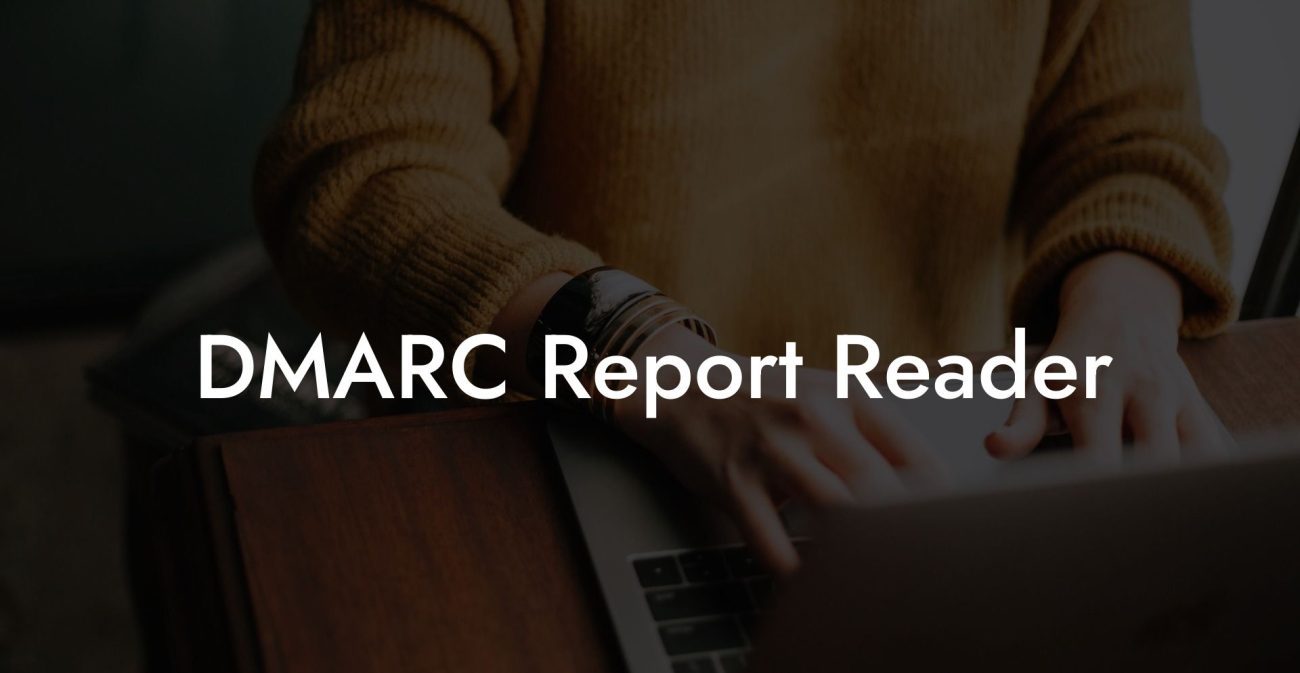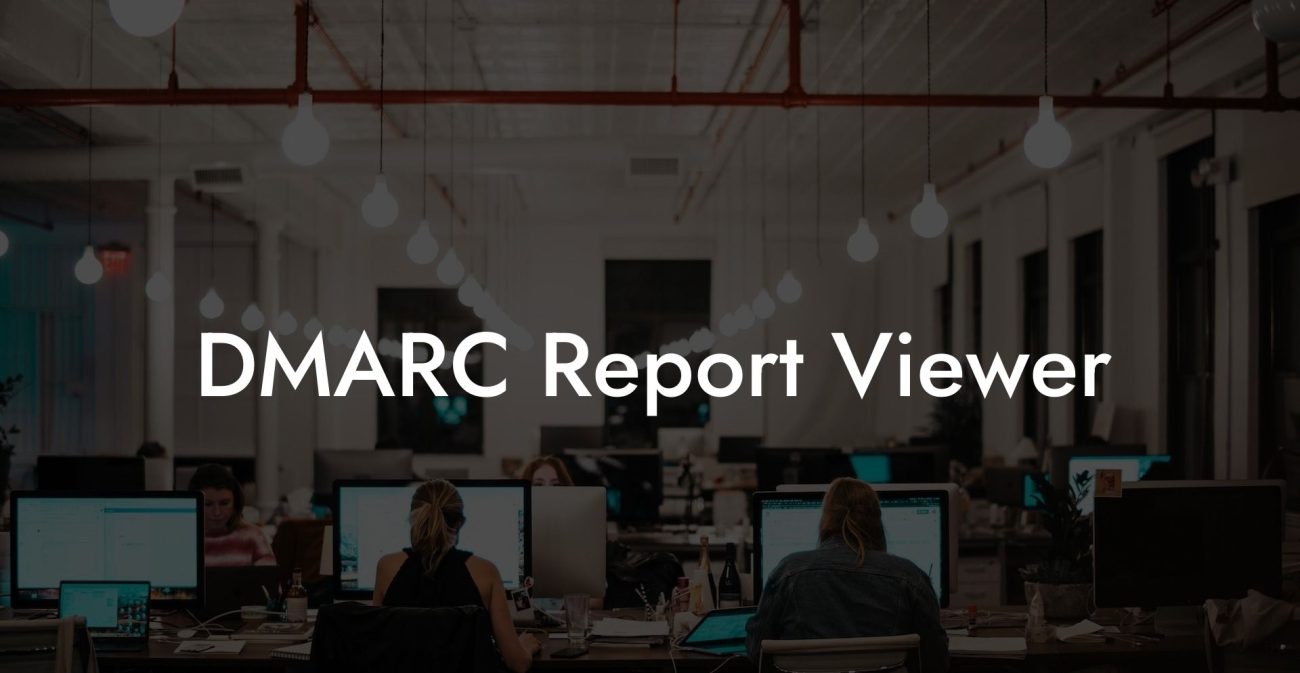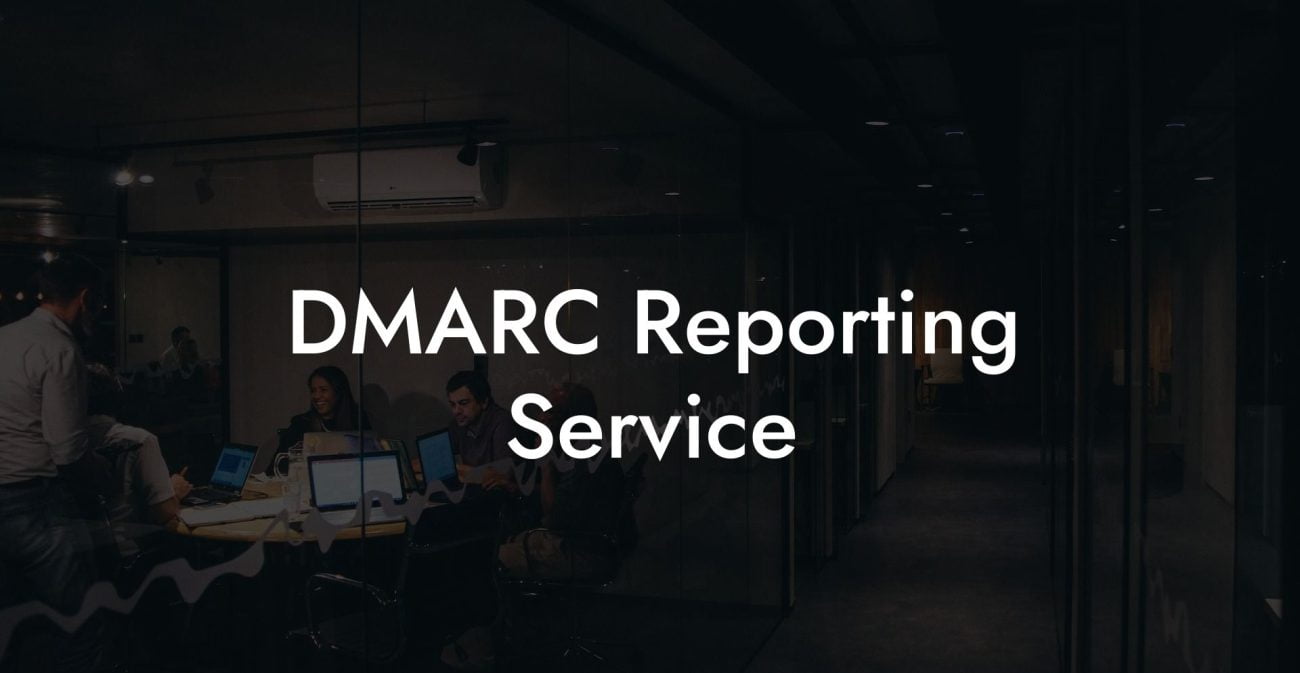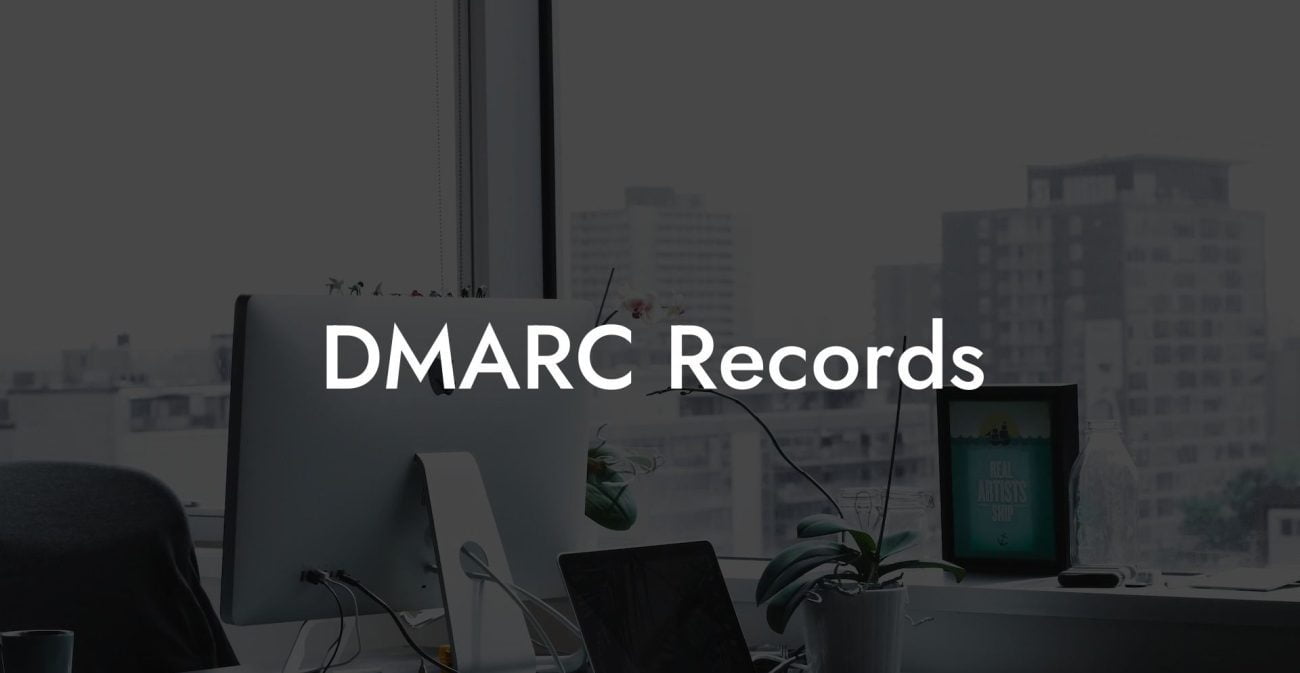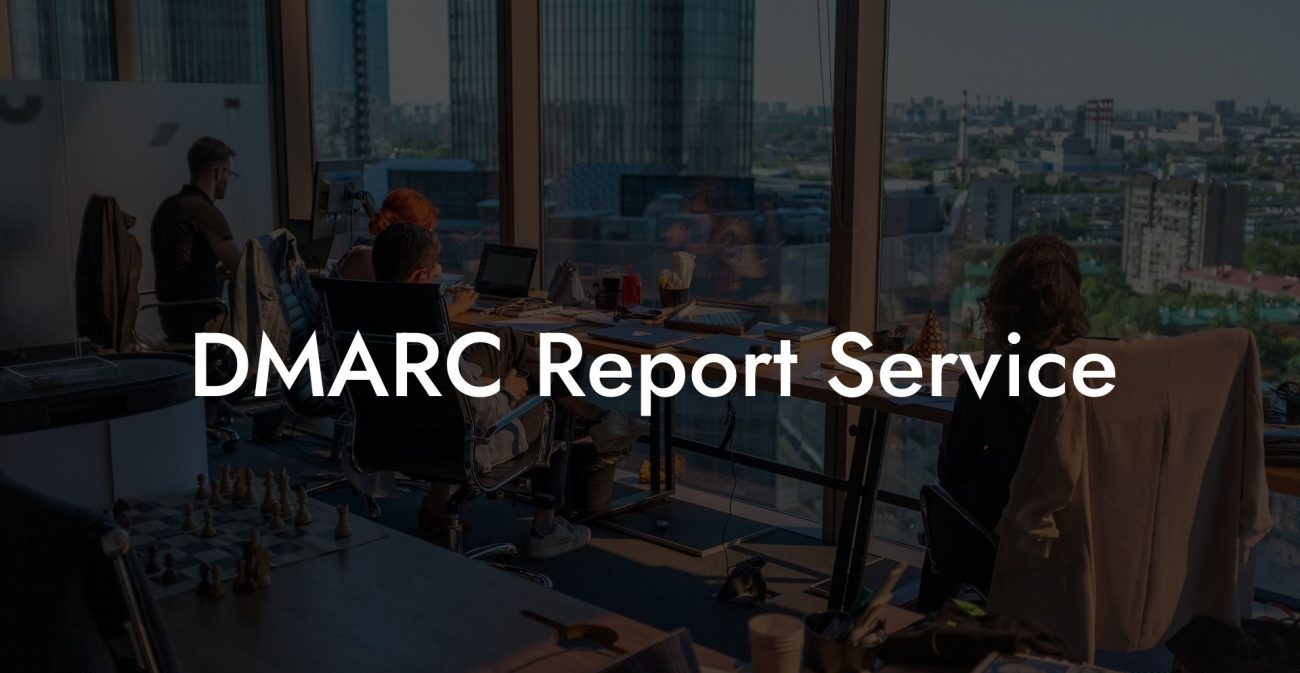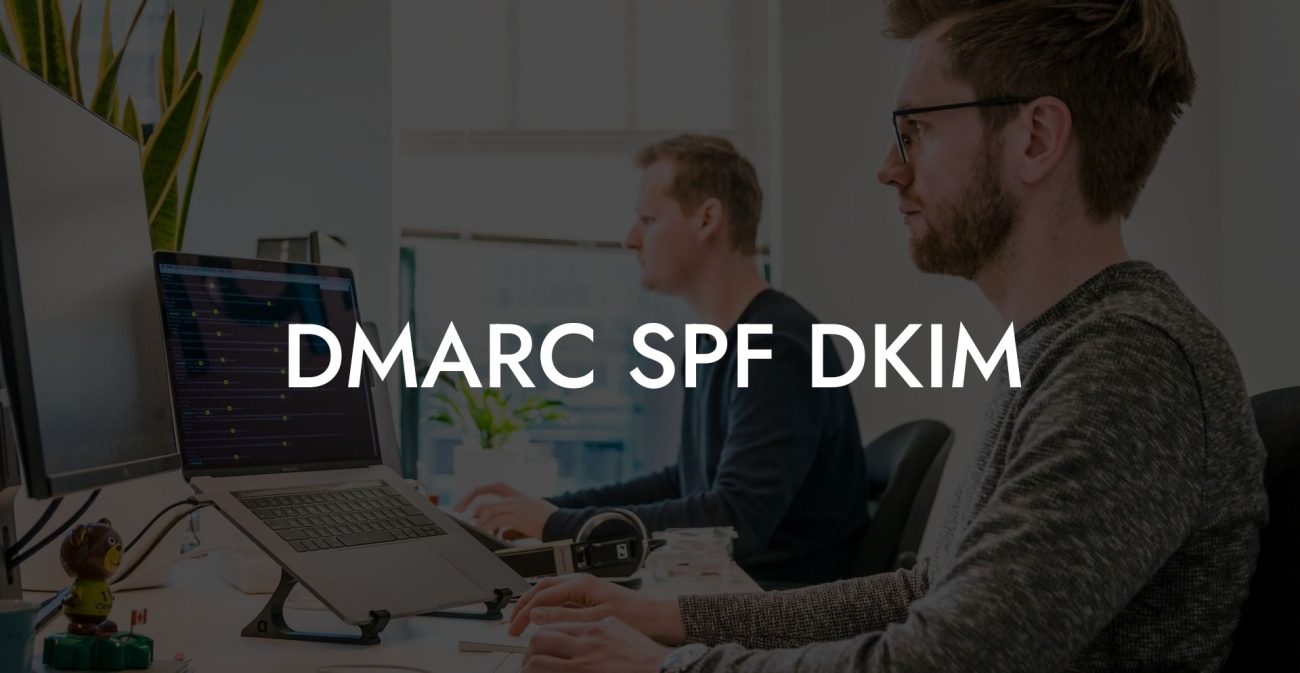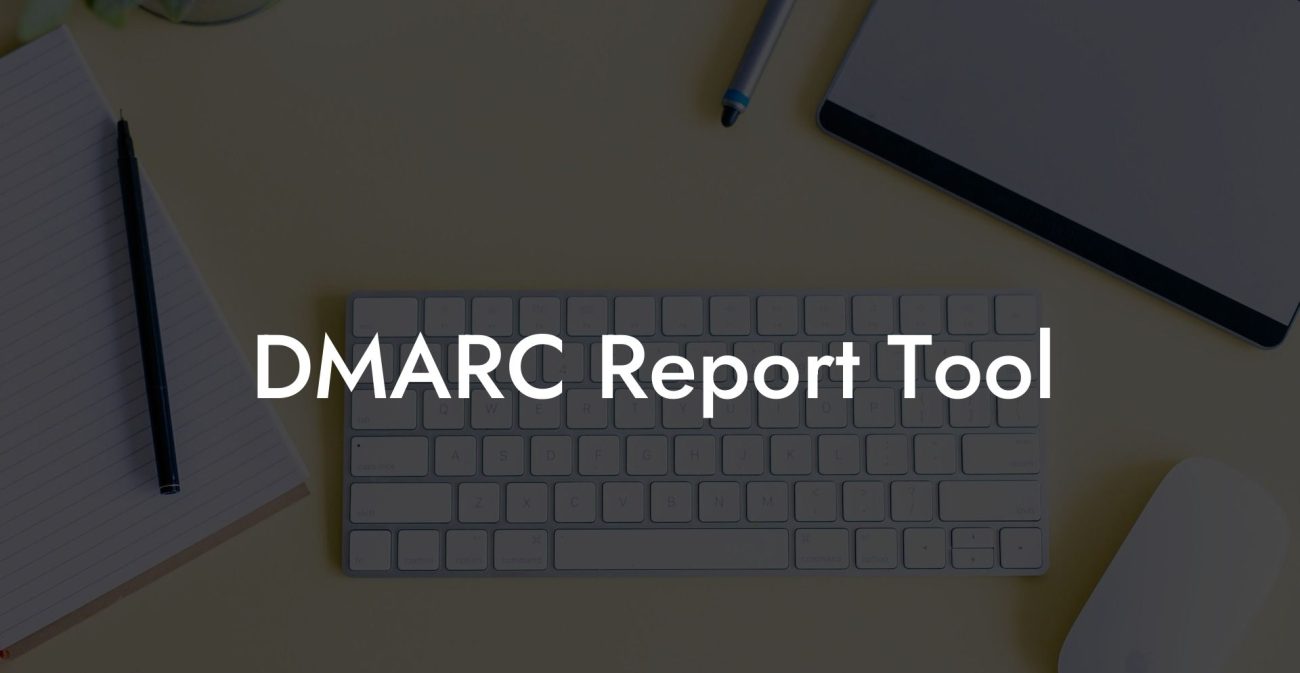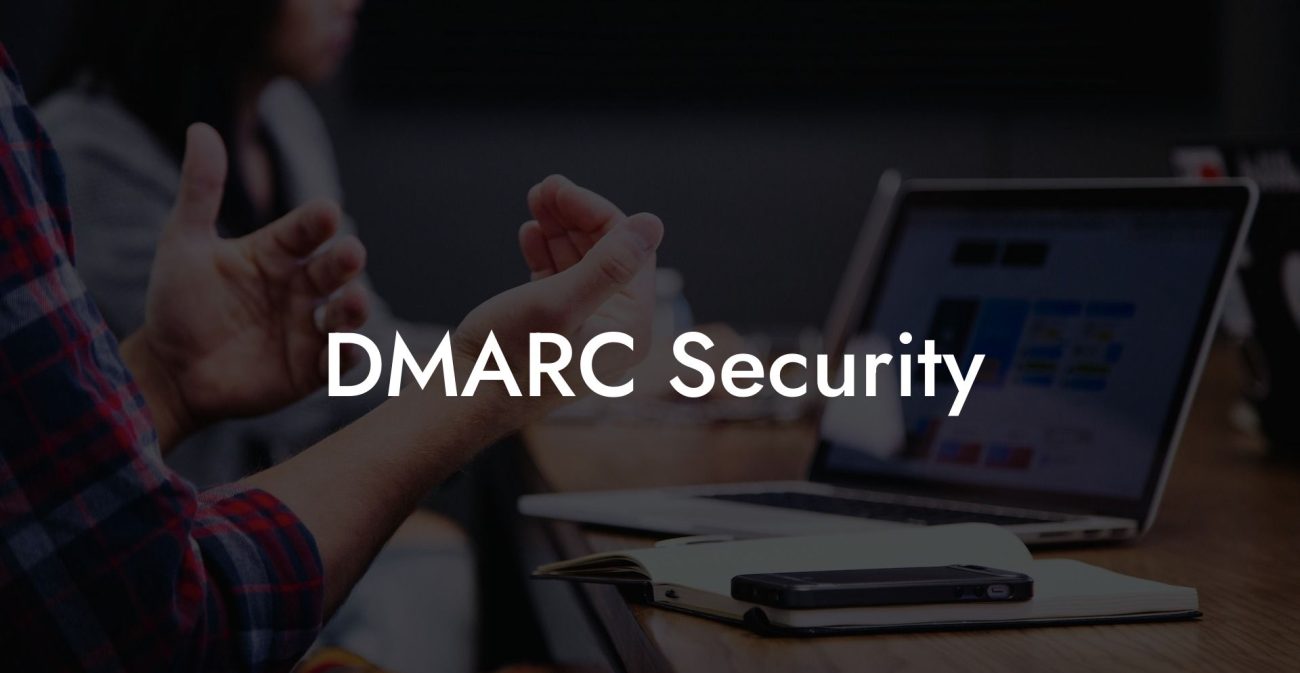In the realm of email security, understanding the difference between DMARC quarantine vs. reject is essential for effectively protecting your organization from phishing attacks and maintaining a strong sender reputation. This article will guide you through the intricacies of both DMARC policies and help you make an informed decision about which one is the best fit for your business needs.
DMARC Quarantine Vs Reject Table of Contents
What is DMARC?
Domain-based Message Authentication, Reporting, and Conformance (DMARC) is an email authentication protocol designed to protect your domain from being misused by cybercriminals for sending malicious emails, also known as phishing attacks. DMARC works in tandem with Sender Policy Framework (SPF) and DomainKeys Identified Mail (DKIM) to authenticate your emails and ensure they are delivered to the intended recipients.
DMARC Quarantine vs. Reject: Understanding the Difference
Protect Your Data Today With a Secure Password Manager. Our Top Password Managers:
DMARC policies are divided into three main categories: none, quarantine, and reject, each with a different impact on email deliverability. In this article, we will focus on the two more stringent options: quarantine and reject.
DMARC Quarantine
- When DMARC is set to "quarantine," emails that fail DMARC authentication will be delivered but marked as potentially suspicious. This often means they are sent to the recipient’s spam or junk folder.
- Quarantine allows you to continue monitoring email traffic without risking the complete loss of communication with your recipients, giving you the chance to fine-tune your DMARC, SPF, and DKIM settings over time.
- It's a less aggressive approach, ideal for businesses that are new to email authentication or want to balance email security with ensuring some level of deliverability even if they have imperfect authentication settings.
DMARC Reject
- When DMARC is set to "reject," emails that fail DMARC authentication will not be delivered to the recipient at all, effectively blocking cybercriminals from impersonating your domain.
- Reject is the most stringent DMARC policy, providing the highest level of protection against phishing attacks and spam emails impersonating your domain.
- However, if your DMARC, SPF, and DKIM settings are not perfectly configured, legitimate emails from your organization could also be rejected, leading to communication disruption and a potentially negative impact on your business.
Choosing Between DMARC Quarantine and Reject
The decision between implementing DMARC quarantine vs. reject depends on your organization's priorities and risk tolerance. Here are some key factors to consider:
- Email deliverability versus security: Quarantine prioritizes some level of email deliverability, while reject focuses on maximum security.
- Configuration confidence: If you're unsure about the accuracy of your SPF, DKIM, and DMARC settings, it's safer to start with a quarantine policy and later transition to reject once your settings are optimized.
- Industry regulations and compliance: If your organization is subject to strict industry regulations and needs to prioritize email security, a reject policy might be more suitable.
DMARC Quarantine Vs Reject Example:
Imagine your organization is a financial institution dealing with sensitive customer data. Due to regulatory requirements and a strong focus on protecting customers from fraud, you may prioritize implementing a DMARC reject policy for maximum email security.
On the other hand, if you are a small business owner who is just starting to implement email authentication practices, opting for a DMARC quarantine policy may be more suitable. This approach provides a gradual journey toward improving your email security while minimizing the impact on email deliverability during the optimization process.
Choosing between DMARC quarantine and reject depends on your organization's specific needs and goals. By understanding the differences between these two policies, you can make the right decision for your business and ensure a secure and effective email system. Share this article with your colleagues to spread awareness about DMARC policies. And don’t forget to explore other guides on Voice Phishing to stay informed and proactive in protecting your organization from cyber threats.
Protect Your Data Today With a Secure Password Manager. Our Top Password Managers:

